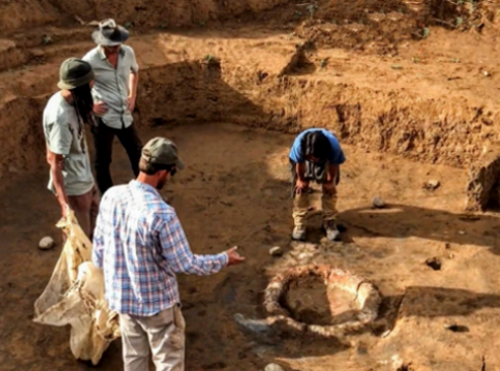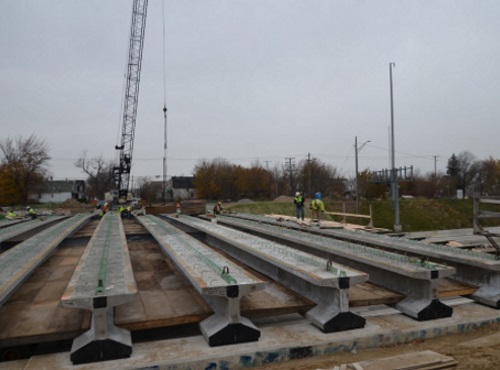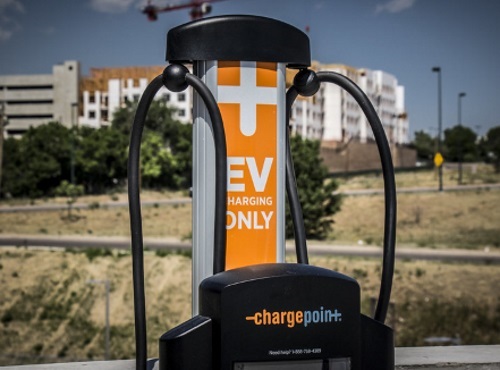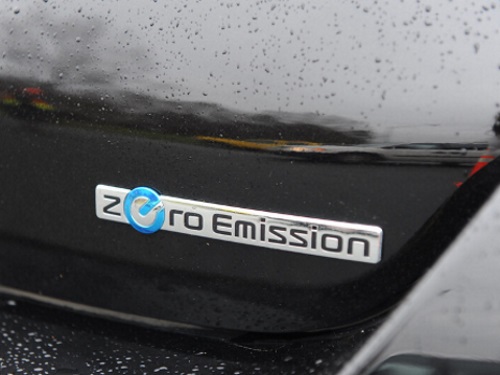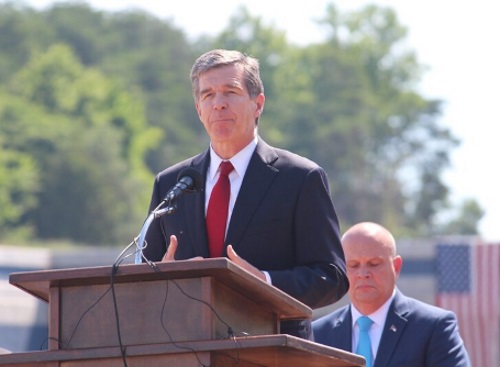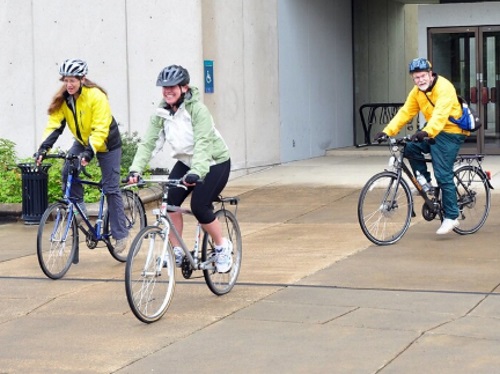FEDERAL ACTION
Transportation Committees Prep New Waterways Bill – Transport Topics
White House to ask mayors nationwide to name infrastructure coordinators – Spectrum News
U.S. Army Plans $14 Billion for Ports, Waterways and Climate Help – Bloomberg Green
EPA, blue states push back on Republicans’ SCOTUS bid to curb agency powers – Reuters
Cassidy, Coons, Murkowski Unveil Landmark Bipartisan Climate Resilience Legislation – U.S. Senator Bill Cassidy (Media release)
COVID-19
Supreme Court rejects bid to block mask mandate on airplanes – The Hill
Air quality back to pre-pandemic levels – KARE-TV
NEPA
Court may back Mountain Valley pipeline, despite NEPA fight – E&E News
INFRASTRUCTURE RESILIENCE AND SUSTAINABILITY
AASHTO Issues Bridge Guide for Tsunami Effects – AASHTO Journal
AASHTO Supporting EV Infrastructure Webinar Series – AASHTO Journal
The U.S. is divided over whether nuclear power is part of the green energy future – AP
14 streetlight sensors are collecting data on a Center City block as part of a ‘smart cities’ pilot – Billy Penn
AIR QUALITY
Two Governors Issue ‘Clean Transportation’ Executive Orders – AASHTO Journal
National coalition to advance the development of hydrogen fuel cell buses formed in the U.S. – Intelligent Transport
How can transportation companies reach their sustainability goals? With better data – Fast Company
Projects would harvest CO2 for transport in pipelines across five states – KELO-TV
Clean fuel standard would build economy, reduce emissions – Las Cruces Sun News (Opinion)
ENVIRONMENTAL JUSTICE
Universities may fall short promoting biking to underserved populations – Penn State University
Giant sky-high train bridge through downtown will ruin Fort Lauderdale, mayor says – South Florida Sun-Sentinel
To Skirt Air Pollution Oversight, States Can Play Hide and Seek – Undark
Can AI-powered congestion pricing improve transportation equity? – GCN
HEALTH AND HUMAN ENVIRONMENT/ACTIVE TRANSPORTATION
Maine highway planners look to new federal funding for village projects – Portland Press Herald
Bicyclists & Pedestrians Must Wait to Use New, I-74 Bridge Trail – WVIK Radio
New bike lanes coming for Richmond cyclists – Richmond News
CVRD to host virtual open houses on its active transportation plan – Cowichan Valley Citizen
Small Electric Shuttles Ideal for Last-Mile Transit – Government Technology
Show the City Where You Want to See Walking and Biking Route Improvements with New Public Input Map – City of Austin (Media release)
TRB RESOURCES/ANNOUNCEMENTS
Breaking Barriers: Alternative Approaches to Avoiding and Reducing Highway Traffic Noise Impacts – TRB
Flying in the COVID-19 Era: Science-based Risk Assessments and Mitigation Strategies on the Ground and in the Air – TRB
Embracing the Unknown – Strategic Transportation Planning in the Pandemic Age – TRB
FEDERAL REGISTER NOTICES
National Pollutant Discharge Elimination System (NPDES) 2022 Issuance of General Permit for Stormwater Discharges from Construction Activities – EPA (Notice of final permit issuance)
Control of Air Pollution From Aircraft Engines: Emission Standards and Test Procedures; Rescheduling of Public Hearing – EPA Proposed rule; rescheduling of public hearing)


